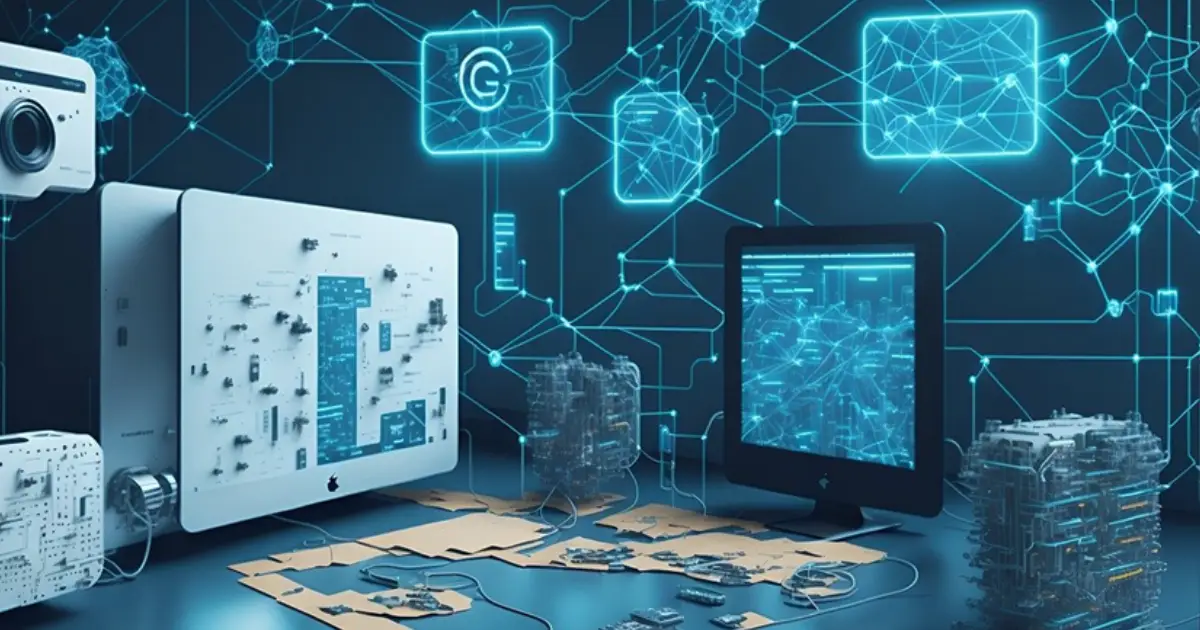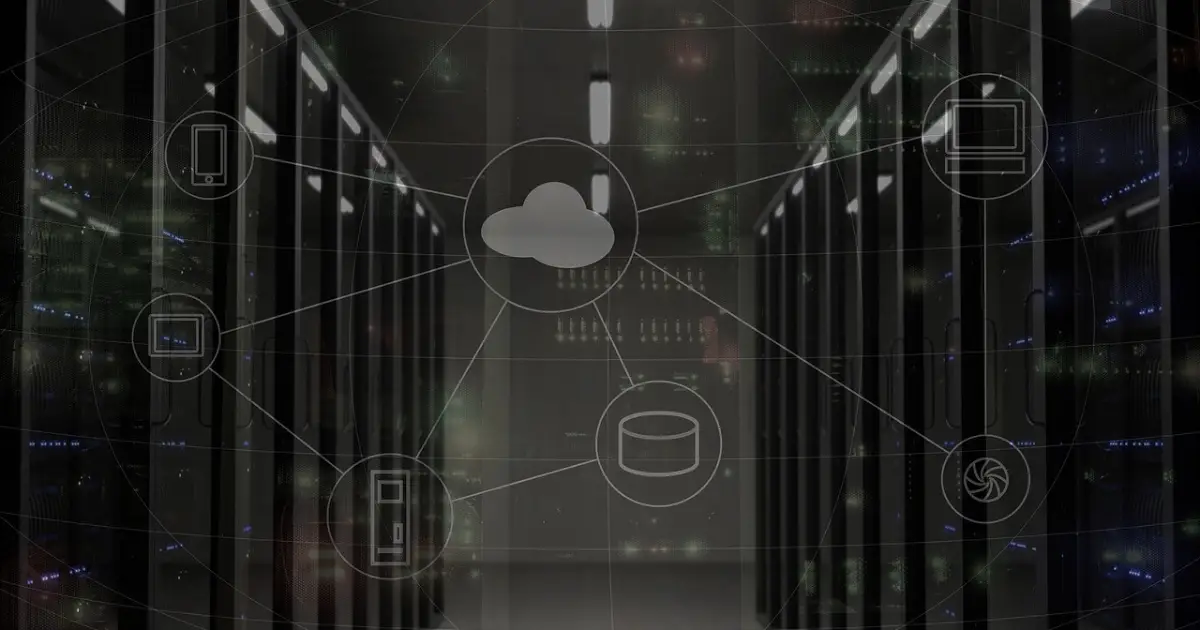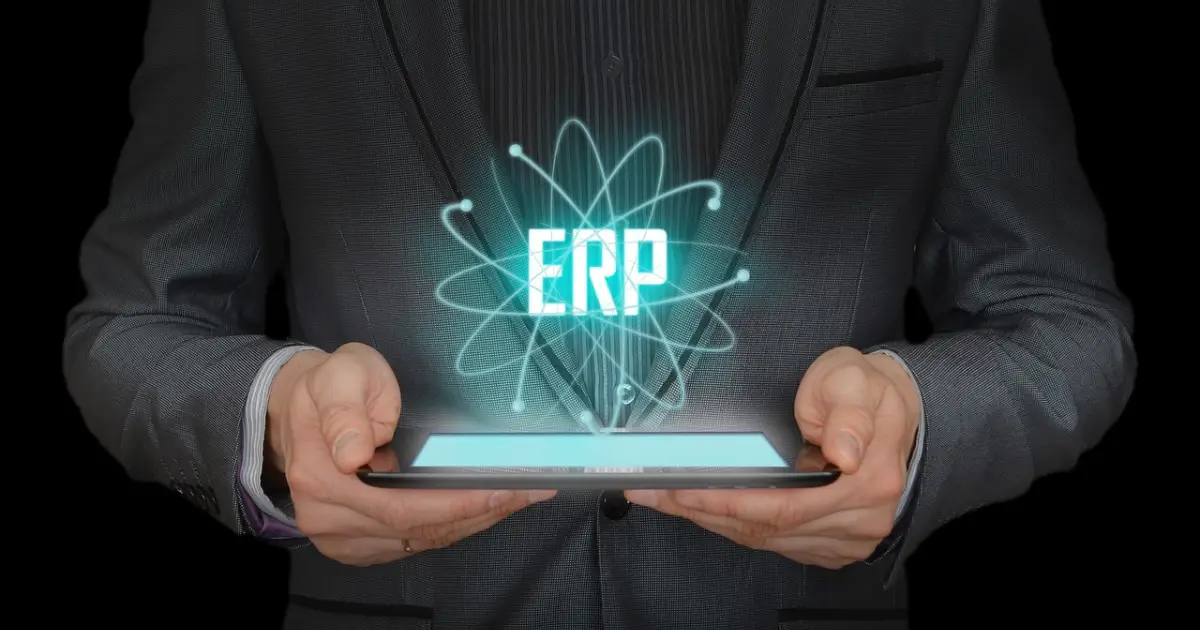focus notes


Introducing IoT to the office! Explaining the benefits of smart offices and the challenges involved when using them

table of contents
What is a smart office?
What can we do to realize a smart office?
When you hear the term "smart office," some people may have questions like these. A smart office is an office that incorporates the latest technologies such as IoT and AI.The system can now do a variety of things, such as automatically creating and sending invoices that were previously created manually, and managing conference room reservations.
By promoting smart offices, it is possible to improve productivity. However, you may be wondering about the specific benefits and challenges of implementing a smart office. You may also want to know the specific implementation steps.
In this article, we will explain what a smart office is, the benefits and challenges of implementing it, and the implementation steps. If you are considering implementing a smart office, please read this article.
Introducing IoT to the office! What is a smart office?
We will explain the basic information about smart offices and IoT.
- IoT in the office! What is a smart office?
- How IoT works
IoT in the office! What is a smart office?
A smart office refers to a concept and workplace that aims to improve labor efficiency and reduce costs by optimizing the office environment using the latest technologies such as IoT*.
*IoT is a technology that connects things to the Internet.
Specifically, this refers to offices that have established the following systems:
| Concrete example | Content |
|---|---|
Automatic light control system | Automatically adjusts lighting intensity according to external light |
smart thermostat | Automatic room temperature control |
Wireless Conference System | Conduct wireless video conferences and presentations |
Smart Desk | Equipped with height adjustment function and health management function |
Smart Lock System | Use your device to control door locks |
For example, one form of smart office is to automatically adjust the lighting and air conditioning in the office to create a comfortable working environment. Motion sensors check whether employees are present and light sensors check the amount of natural light entering the office to keep the environment at an appropriate level.
In addition, the introduction of cloud-based file sharing systems and chat tools will facilitate smooth communication between employees. By introducing such tools, you will be able to communicate adequately online, creating an environment where you can work even when not in the office.
How IoT works
The IoT system is made up of the following five components working together:
| Item | overview |
|---|---|
Things (devices/sensors) | collect data |
network | Connecting things, clouds and applications |
gateway | Doorway connecting things and networks |
Server Cloud | Accumulating, analyzing, and processing data on the use of things |
application | Give instructions to things |
First, there are "things" such as devices and various sensors that collect environmental data such as temperature, humidity, location, and movement, and perform specific actions.
The network connects devices, clouds, and applications. The gateway is the data entry point. When an IoT system is used, data is recorded in the cloud. The data is then stored, analyzed, and processed in the cloud and sent to the application.
In the final stage, employees control the system from their smartphones. In the case of a smart office, typical examples include lighting, temperature control, and even conference room reservations, elevator calls, and security system management. A wide range of office functions can be controlled remotely.
Increase productivity! The benefits of IoT (smart office)
There are five benefits to adopting IoT (smart office):
- Increased productivity
- Reduce costs
- Remote work becomes a reality
- It will be an advantage when recruiting personnel
- Easier management of equipment, facilities, and inventory
Increased productivity
One of the benefits of creating a smart office is increased productivity, as information can be obtained in real time.
For example, smart offices often utilise cloud-based tools and communication platforms to streamline communication between team members, allowing them to share information in real time and collaborate effectively across distances.
Not only that, but the data collected from sensors and equipment can be analyzed to derive more efficient business processes and improvement measures, allowing management decisions to be based on data and more accurate strategies to be developed.
Reduce costs
Another benefit of creating a smart office is the ability to reduce costs.Introducing IoT can reduce utility costs, labor costs, rent, etc.
By installing a motion sensor, you can automatically turn off the lights and air conditioning in places where no one is present. This will prevent the air conditioning from being overheated or the lights from being too bright, which will help you avoid unnecessary electricity bills. This will lead to saving on utility bills without straining yourself.
In many cases, a smart office can also convert paper documents into digital format. Contracts, reports, employee records, and most other documents can be digitized. This saves on paper and ink costs. Not only that, but if you digitize invoices and send them by email, you can also reduce postage, envelope costs, and labor costs involved in preparing them. On an annual basis, this can result in significant cost savings.
Remote work becomes a reality
One of the benefits of creating a smart office is that it makes remote work possible.If you have an internet connection, you can work outside the office.
For example, employees can access and work on the same documents whether they are at home, at a cafe, or in another country. Cloud-based office tools allow you to share and edit documents, sheets, presentations, and other files in real time.
Also, by introducing a web conferencing system, you can hold meetings anywhere with an internet connection. By sharing your screen, you can proceed with the meeting while showing materials to all participants. By introducing the tool, you can participate in meetings even if you are on a business trip or living overseas.
As smart offices become more widespread in this way, remote work will become possible. As commuting times are reduced, it will be easier for employees to secure their own time. It will also be easier to work even if a child suddenly falls ill or you need to care for a parent. With more options for work styles, we can expect employee satisfaction to increase.
It will be an advantage when recruiting personnel
One of the benefits of having a smart office is that it can be an advantage in recruiting personnel.Because it creates a comfortable working environment.
For example, by introducing a conference room reservation system, you can check the availability of each room and make reservations from your computer or smartphone. There is no need to call the general affairs person to make a reservation or write your name on a management sheet. You can make reservations at any time, so there is no need to go looking for the person in charge. If you introduce a smart lock for the conference room key, you can open the room with your smartphone without having to borrow it from the person in charge. In addition, as mentioned above, remote work is also possible. Flexible working styles can be realized.
By creating a smart office like this, you can shorten the time-consuming and labor-intensive tasks and diversify the way you work. Therefore, if you can tell job seekers that you can "focus on your core business," it will appear to be an attractive work environment. It will be especially attractive to the younger generation who are more technology-oriented and professionals who are familiar with the latest technology.
Smart offices also often incorporate features to support employee health and wellbeing, such as air quality monitoring, making them attractive to a health-conscious workforce.
Easier management of equipment, facilities, and inventory
By creating a smart office, it is possible to easily manage supplies, equipment, and inventory.Various business processes can be automated using IoT.
For example, inventory management is generally done by manually checking stock and managing the number of items. Checking the stock of products and materials by type takes a lot of time and effort. It can lead to mistakes such as forgetting to order the missing items or counting the number of items.
However, a smart office can automate your inventory management system, automatically alerting you when needed supplies or equipment are running low, eliminating the need to constantly check stock levels.
Smart devices can also be used to monitor the condition of equipment and detect early signs of breakdowns. This can prevent major breakdowns and downtime, and allow for predictive maintenance. One of the major benefits of IoT is that it can automate time-consuming and labor-intensive aspects, significantly reducing the burden on employees.
A barrier to realization? Explaining the challenges of smart offices
There are two main challenges facing smart offices:
- There is a fixed initial cost
- Security measures are necessary
There is a fixed initial cost
The challenge with smart offices is that they require certain initial costs.This is because it is necessary to have the IoT systems and equipment necessary to create a smart office.
As mentioned above, building an IoT system requires a network and devices. In addition, software for monitoring and operating IoT devices such as tablets must be prepared. If the existing system is not compatible with IoT systems, the cost of replacing the equipment will be incurred. If you make the entire office IoT-enabled, the range of support will be wider, and the costs will be higher.
One solution is to take advantage of subsidy programs and tax incentives offered by national and local governments that can help ease the burden of the initial investment. These programs often focus on energy efficiency and technological innovation, and may be available to you.
However, it is important to note that you should not just choose a cheap IoT system without thinking about it. Even if there are no problems with the cost, the purpose of the introduction may not be achieved depending on the performance of the equipment. Basically, it is important to check not only the cost but also the performance and make a comprehensive decision.
Security measures are necessary
One of the challenges of smart offices is the need for security measures.This is because IoT devices are connected to the Internet.
If sufficient security measures are not taken, there is a risk of unauthorized access or cyber attacks. For example, the following problems may occur:
[OVH (France)]
・World's largest DDoS attack of up to 1.5Tbps occurred against company-owned servers from approximately 140,000 IoT devices allegedly infected with Mirai*
* Malware that automatically infects IoT devices and has functions such as executing DDoS attacks using the infected devices as a springboard in response to instructions from the attacker.
Source: Ministry of Internal Affairs and Communications | Current situation and issues related to cybersecurity, etc. | Page 2 (as of January 26, 2024)
In this case, IoT devices were infected with malware, which overloaded the server, causing it to fail. An attack of this magnitude can have a significant impact on server and network performance.
If a cyber attack causes the system to go down, it will disrupt business operations. Customer service will also be unable to be provided satisfactorily. This could result in complaints or even loss of customers. To prevent such situations, it is essential to implement security measures from the initial stage of implementation.
In addition, it is important to provide security education to employees. Security measures will be more effective if you can raise the security awareness and security literacy of each employee. Focus on human security measures by incorporating e-learning and conducting in-house training.
Aim for a smart office! Steps for introducing IoT
When introducing IoT to create a smart office, follow the steps below.
- Examine the current issues
- Prioritize areas that require implementation
- Introduce it little by little
Examine the current issues
When introducing IoT, first investigate the issues at hand.Once you understand the issues, it becomes clear where IoT should be introduced.
Blindly introducing IoT will not lead to improved productivity or cost reduction. For example, even if you introduce motion sensor type air conditioning and lighting in an office with few people, you cannot expect significant cost reduction. Considering the cost of introducing IoT, it is not cost-effective.
When investigating current issues, it is important to first thoroughly understand the current business process. Identify which tasks are taking up a lot of time and which processes are inefficient. Also, gather feedback from employees. Find out the problems and inconveniences they face in their daily work. This will help you understand the current issues to some extent.
Examine the current issues
Next, prioritize where you need to implement it.This is to ensure efficient and effective implementation. For example, typical corporate offices tend to have the following problems:
| Example Problem | Content |
|---|---|
Communication issues | Lack of communication and misunderstandings between departments and within teams |
Lack of or inappropriate use of space | Reduced efficiency due to cramped office space and poor layout |
Technology lag | Loss of productivity due to use of outdated technology and systems |
Noise and privacy issues | Noise in open spaces and lack of privacy |
Lack of meeting rooms and resources | Lack of necessary conference rooms and other resources |
Security concerns | Physical and digital security risks |
It would be very difficult to solve all of these problems at once, so it is important to prioritize and solve them one by one.
A concrete method is to check the cost-effectiveness. First, rank the issues you have listed. Think about which issues are the most urgent or will have the greatest impact if you improve them. Then, for each issue, check what smart office technology can solve it. For example, introducing a document management system, a conference room system that can be booked online, or an automatic temperature control system.
After that, check the cost of each solution and the effect it will bring. Even if it costs more, the ones that have a greater effect will be given higher priority. By examining the cost-effectiveness, you will be able to clearly set priorities.
Introduce it little by little
Once you have prioritized your implementation, you can gradually move towards a smart office.It spreads the risk and avoids large-scale failure.
For example, introducing many new technologies or systems at once can result in unexpected system failures or interference with each other. By introducing them in stages, you can monitor the performance of each new system individually and minimize the impact if a failure occurs.
And best of all, deploying everything at once increases the risk of going over budget. By deploying in stages, you can more effectively manage costs in each phase and avoid unplanned expenses.
The trick to gradually introducing new technologies and processes is to try them out on a limited scale and collect the results and feedback. Then, monitor them continuously. It is important to identify problems and make necessary adjustments. If there are no problems, it is a good idea to gradually expand the scale. By doing this step by step, you can reduce the chance of major problems occurring later. Please refer to it.
summary
So far, we have explained what a smart office is. A smart office is an office that proactively introduces the latest technology to improve productivity and create a comfortable working environment. The benefits include increased productivity, cost reduction, and the realization of remote work.It will also be an advantage when recruiting personnel and make it easier to manage supplies, equipment, and inventory.
However, you should be aware that there will be initial costs and security measures required. In some cases, it may be difficult to implement measures without specialized knowledge and experience. In such cases, please feel free to contact us.
Achievements left behind
48 years since its establishment.
We have a proven track record because we have focused on what is important.
It has a long track record in both the public and private sectors.
Number of projects per year
500 PJ
Annual number of business partners/customers
200 companies
Maximum number of trading years
47 years
Total number of qualified persons
1,870 people






